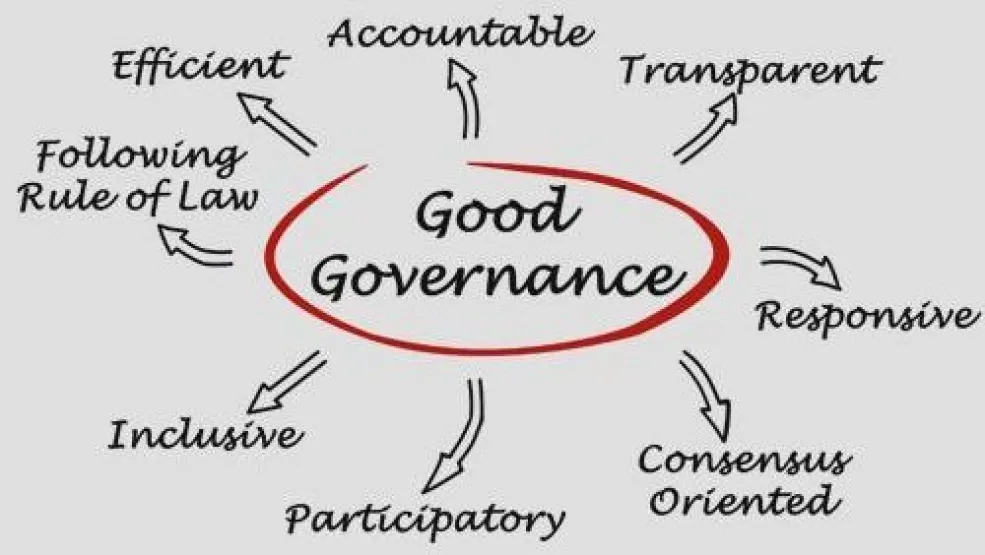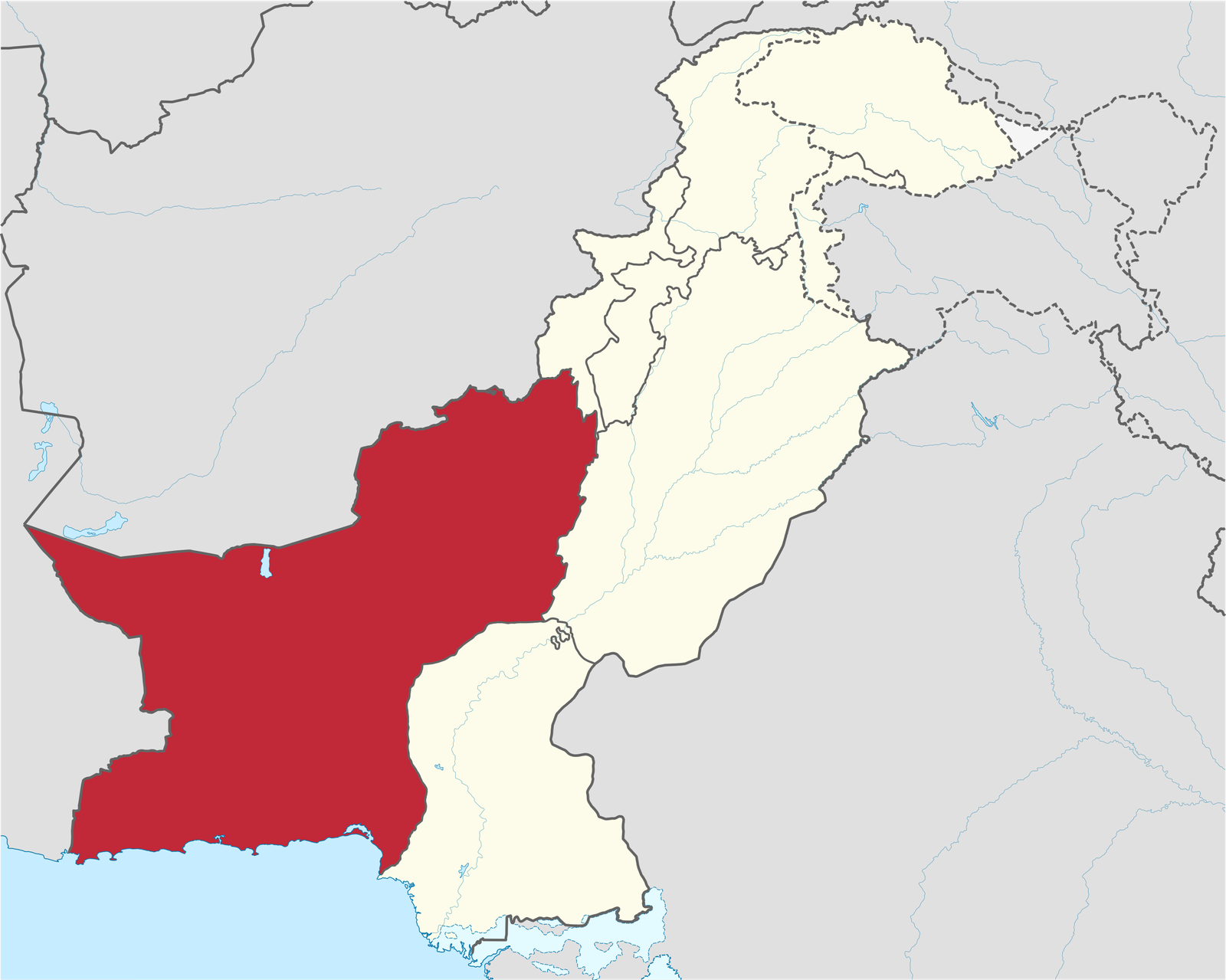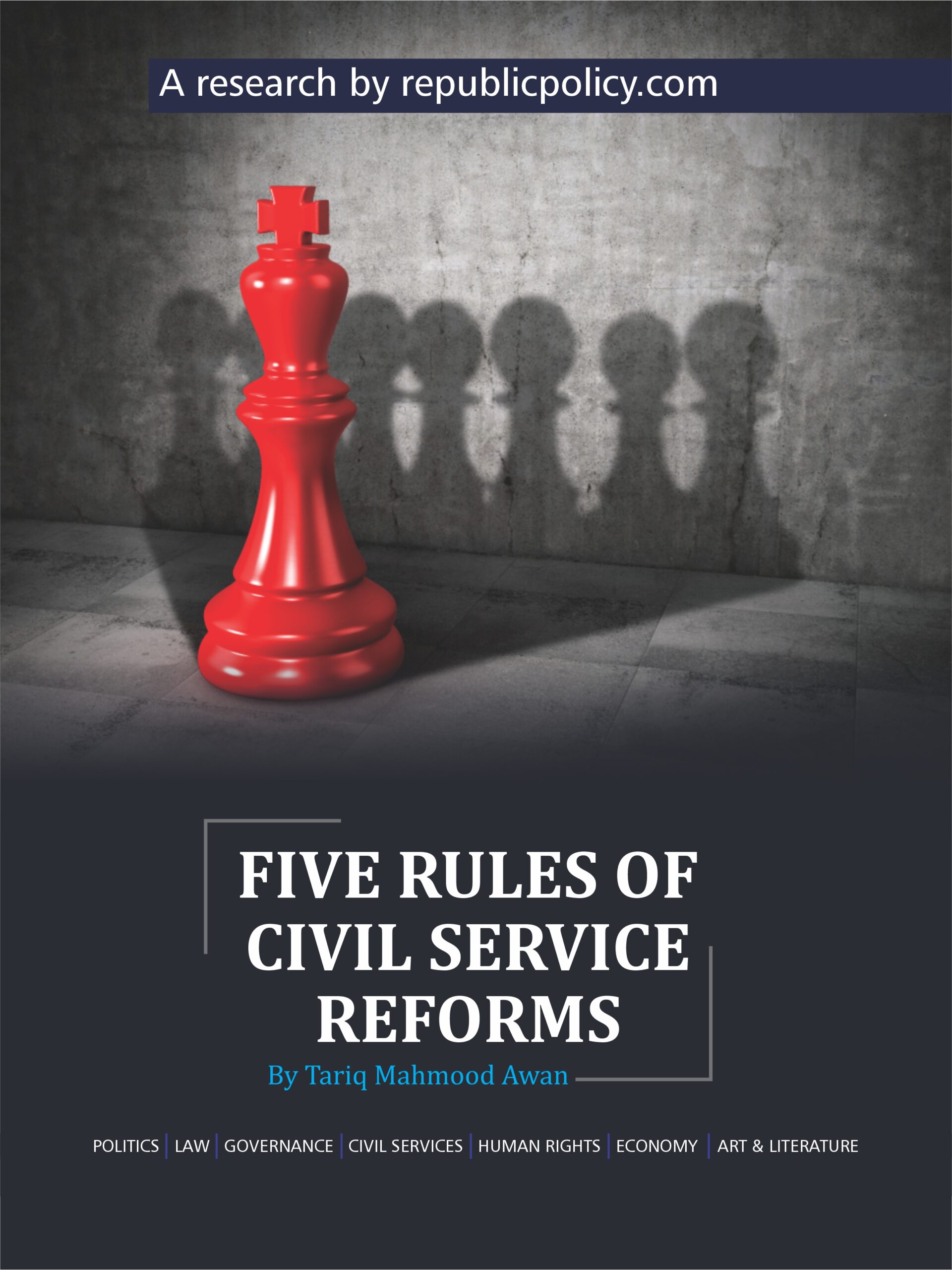Editorial
The state of governance across Pakistan’s four provinces reveals stark contrasts in political will, administrative capacity, and reform outcomes. Punjab, for instance, presents itself as a model of hyper-visibility in governance. Projects are extensively publicized, budgets announced with pomp, and development narratives woven around infrastructure. Yet, the emphasis often lies more on the optics than on long-term systemic improvements. While Punjab’s governance may appear efficient, it often lacks deep-rooted structural reforms in bureaucratic accountability and service delivery.
In sharp contrast, Khyber Pakhtunkhwa (KPK), once hailed for initiating police and education reforms under previous administrations, is now grappling with a noticeable decline in administrative efficiency. The provincial government has failed to exercise meaningful control over the bureaucracy, leading to poor implementation of policies and a disconnect between planning and execution. Operational systems—ranging from health to local governance—remain fragmented, pointing to an institutional paralysis largely stemming from political inexperience and managerial incompetence.
Please, subscribe to the YouTube channel of republicpolicy.com
Sindh represents another governance paradigm: status quo. The Pakistan Peoples Party Parliamentarians (PPPP) has retained uninterrupted power since 2008, yet the province shows little evidence of progressive reform. Corruption, inefficiency, and weak institutional frameworks dominate the landscape. While some urban initiatives exist, they are often overshadowed by rural neglect and patronage-based administration. Governance here serves political interests more than public welfare.
Balochistan, unfortunately, stands apart as a region largely without effective or representative governance. Frequent political instability, imposed leadership, and limited provincial autonomy have made administrative continuity nearly impossible. With little civilian oversight and minimal bureaucratic performance, the province remains under-governed, feeding grievances and deepening the trust deficit with the center.
In essence, Pakistan’s provinces reflect four distinct governance crises—Punjab’s superficial efficiency, KPK’s declining control, Sindh’s entrenched stagnation, and Balochistan’s governance vacuum. Real reform requires not media optics, but political maturity, administrative integrity, and institutional consistency.















